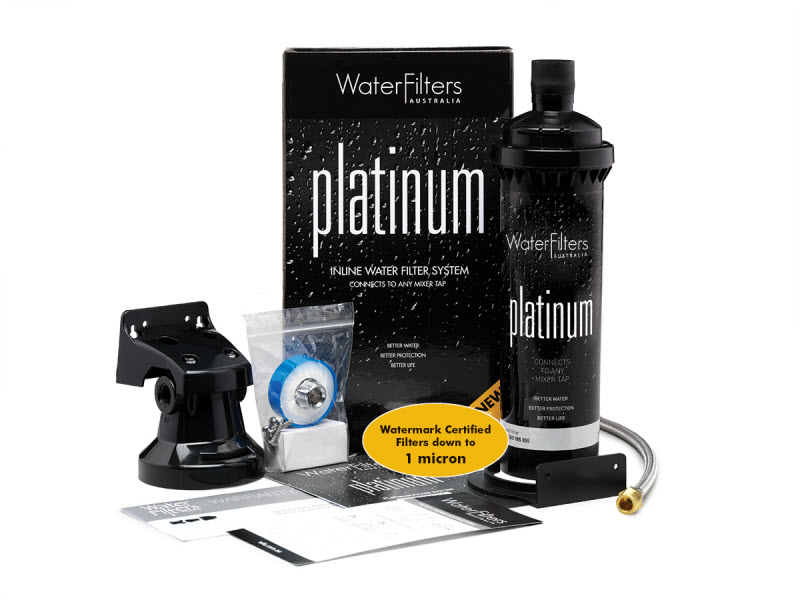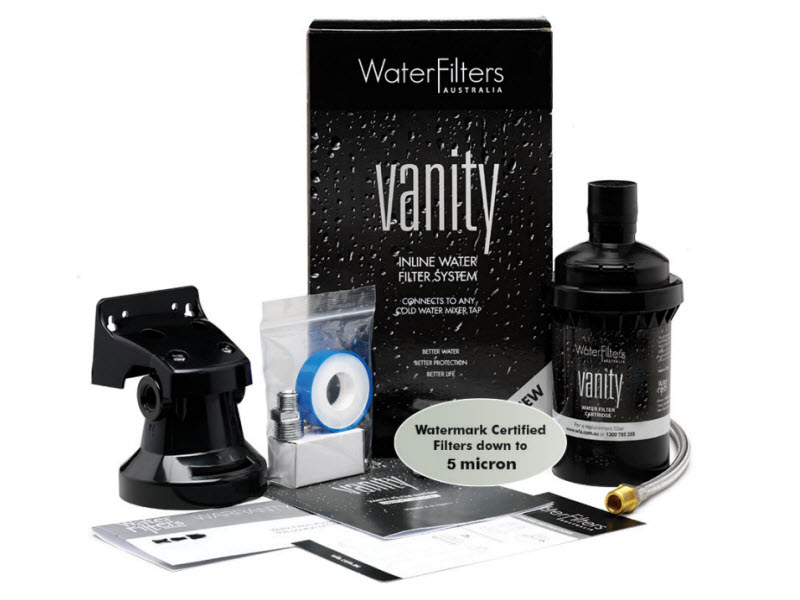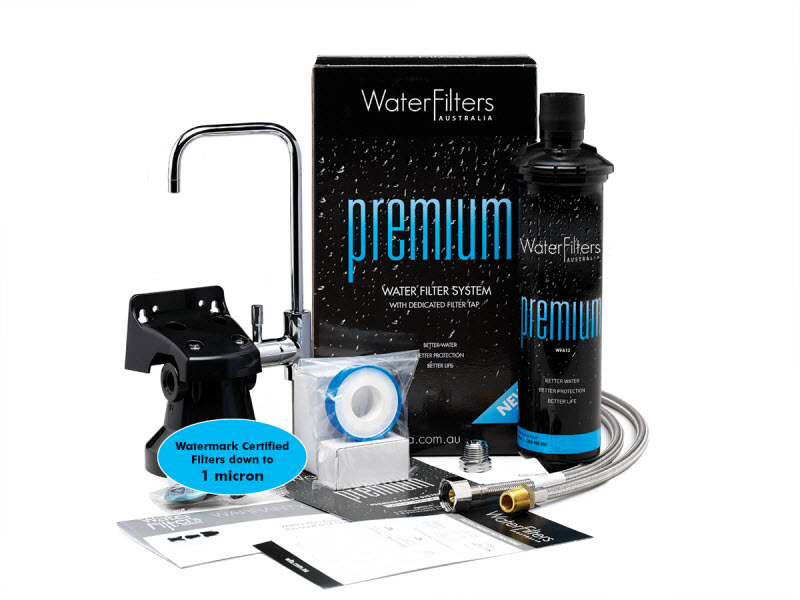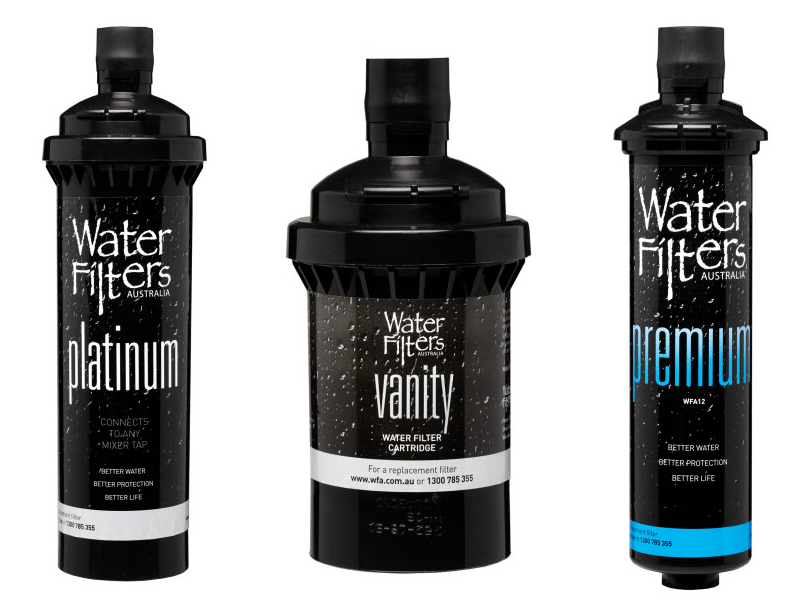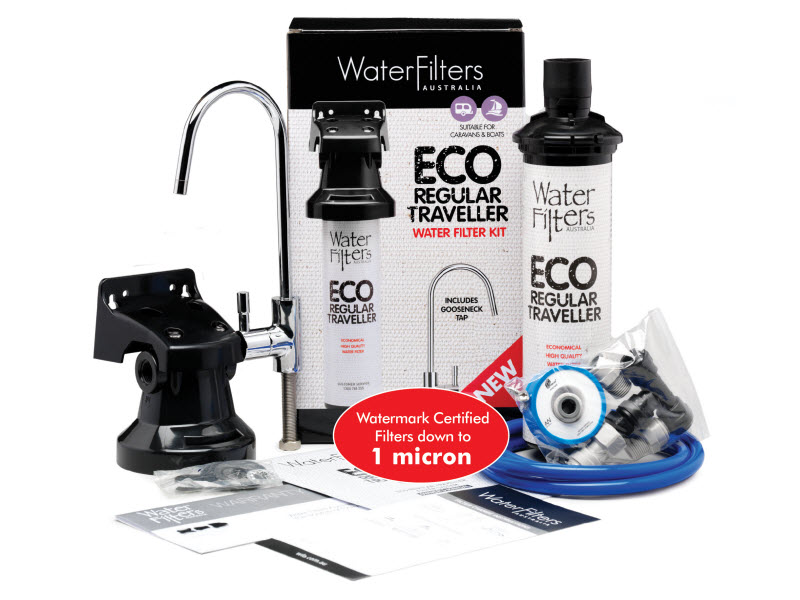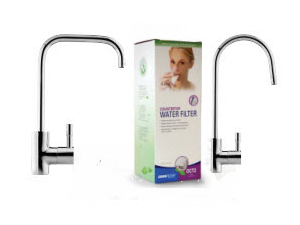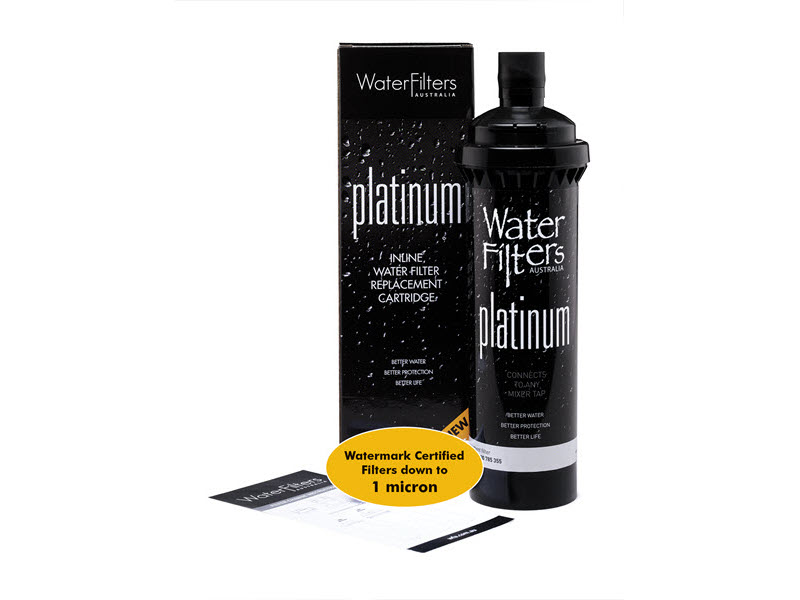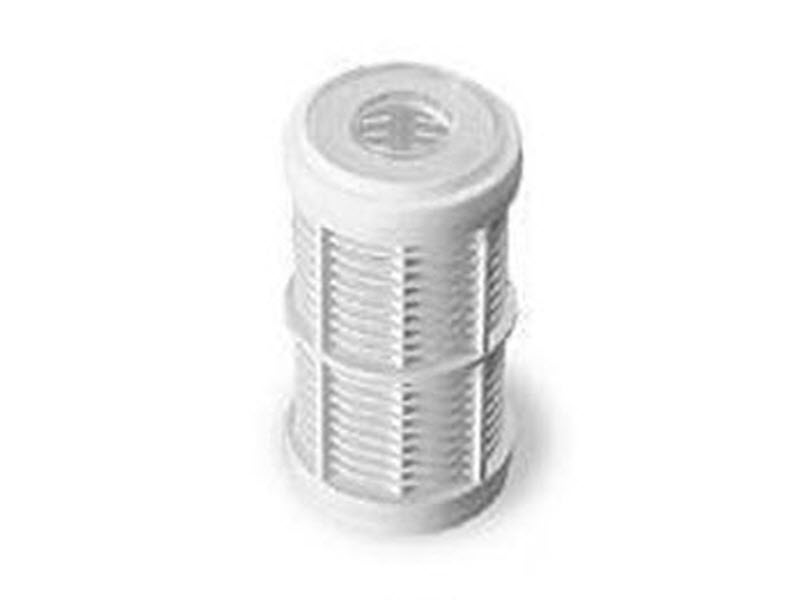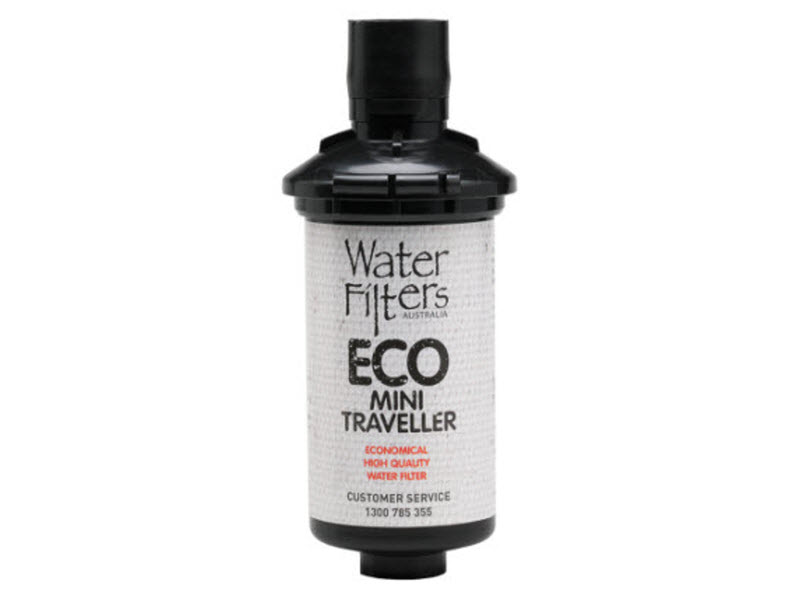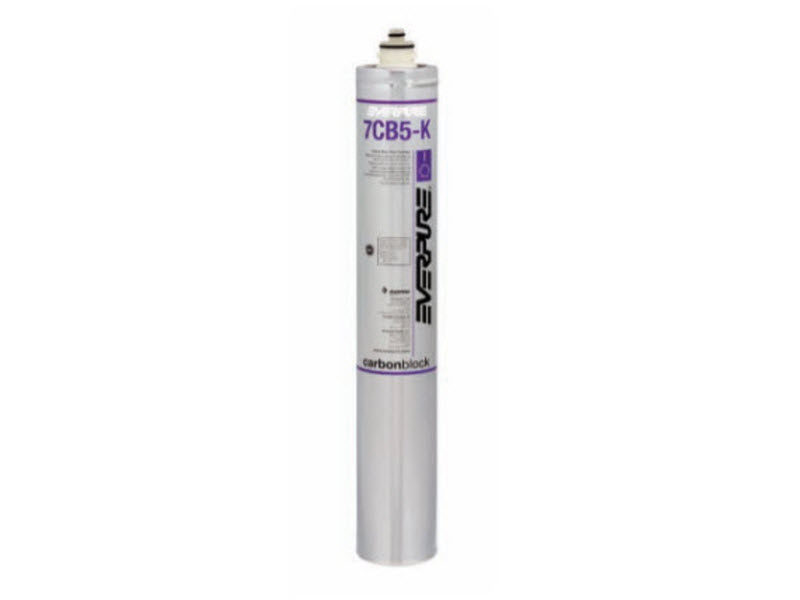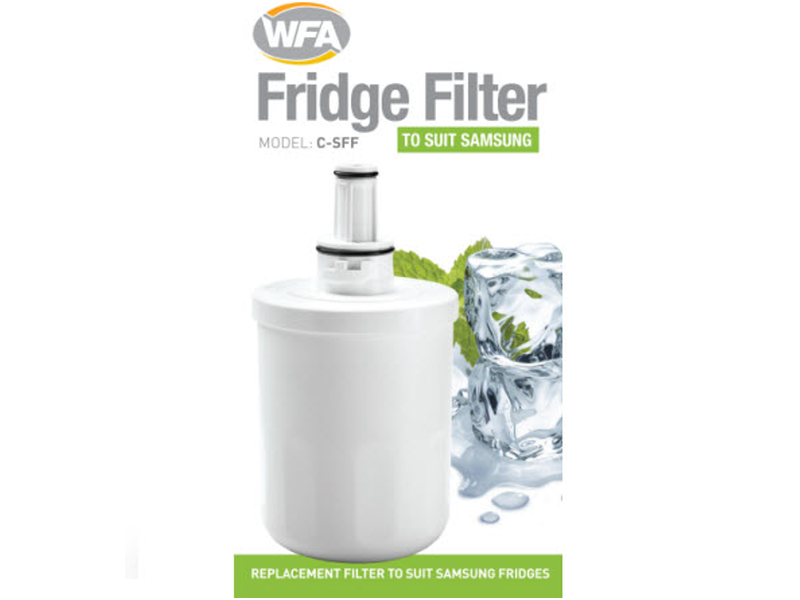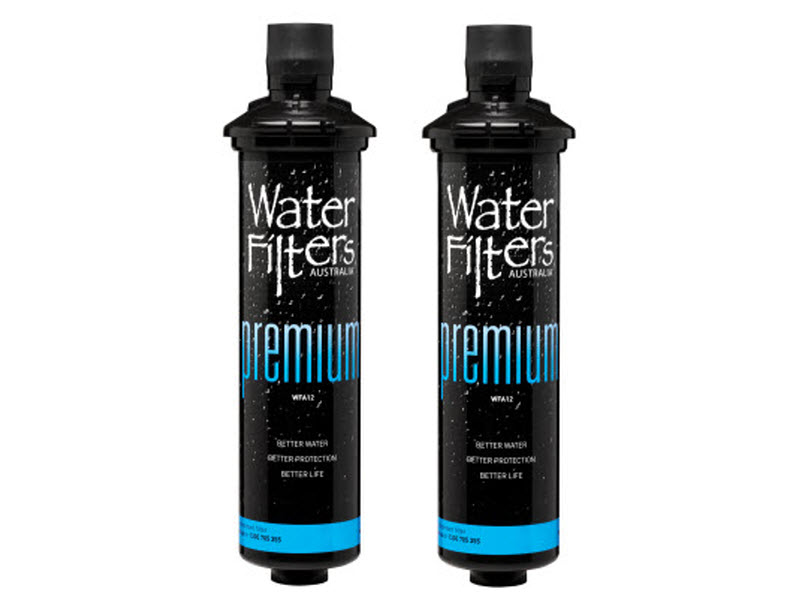Sydney’s water restrictions - what you need to know
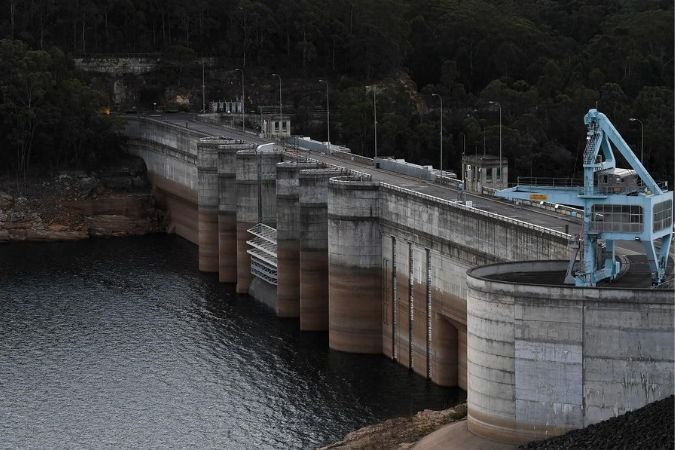
Our driest spell since 1888
Warragamba Dam
Source: SBS.com
For the first time in a decade, Sydney Water is enforcing water restrictions to individuals and businesses. Dam storage levels are now at 53% capacity, down from 95% two years ago.
We all know that parts of regional Australia are in the midst of a serious drought. Lack of rainfall is now affecting city residents with Level 1 water restrictions in place from 1st June 2019.
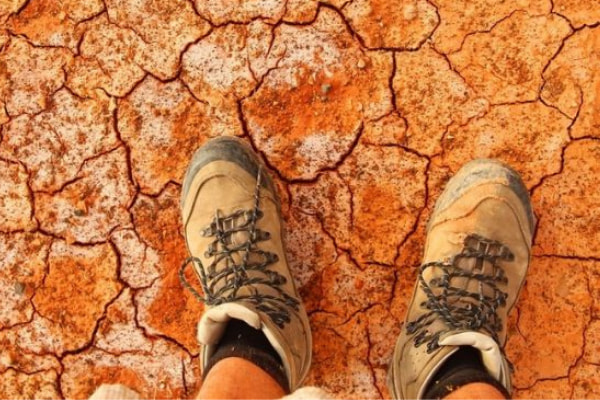
May 2019 saw the lowest recorded rain levels since 1888 in Greater Sydney. Rainfall since the start of April has been just 25.8mm. This is expected to continue over the winter months, with low rainfall predicted by the Bureau of Meteorology.
More than 85% of Greater Sydney’s water supply relies on rain. This means that our water is in short supply during these prolonged drought periods.
Sydney Water have started level 1 restrictions early, ahead of the predetermined 50% capacity limit. If dam levels reach 40%, then level 2 restrictions come into play.
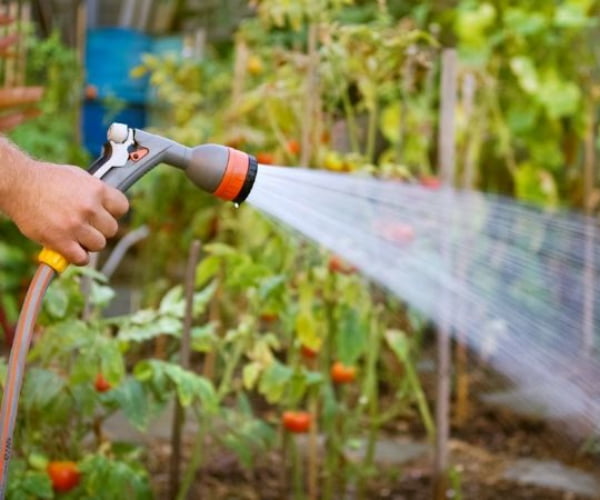
Level 1 restrictions, what are they?
Water restrictions apply to everyone in Sydney, the Blue Mountains and the Illawarra. This includes both residents and businesses.
Here are a few key water restriction rules:
- Watering, including with sprinklers and irrigation systems, is allowed any day before 10 am and after 4 pm
- All hand held hoses must have a trigger nozzle
- No hosing of hard surfaces such as paths and driveways.
- Washing vehicles is allowed with a bucket or hose fitted with a trigger nozzle
- Fire hoses may be used for fire fighting activities only.
This table provides a good overview of what is and isn’t included in Level 1 water restrictions.
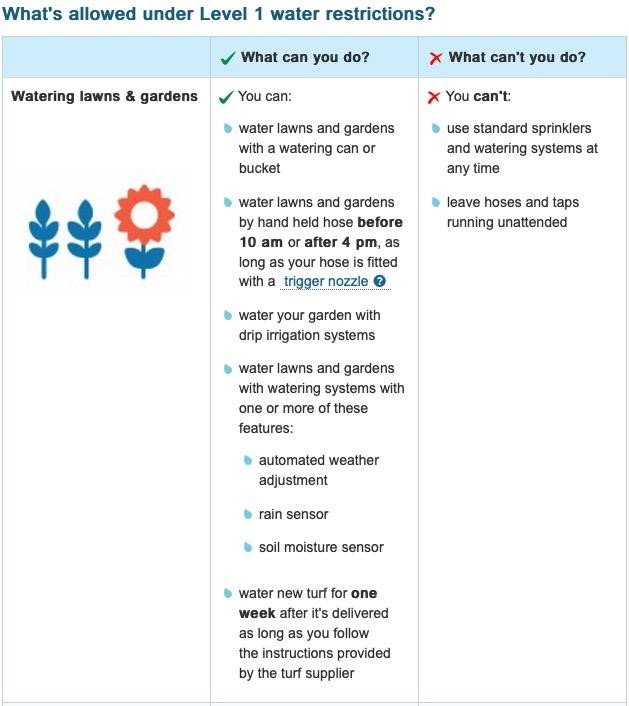
Fines for not following these restrictions is $220 for individuals and $550 for businesses.
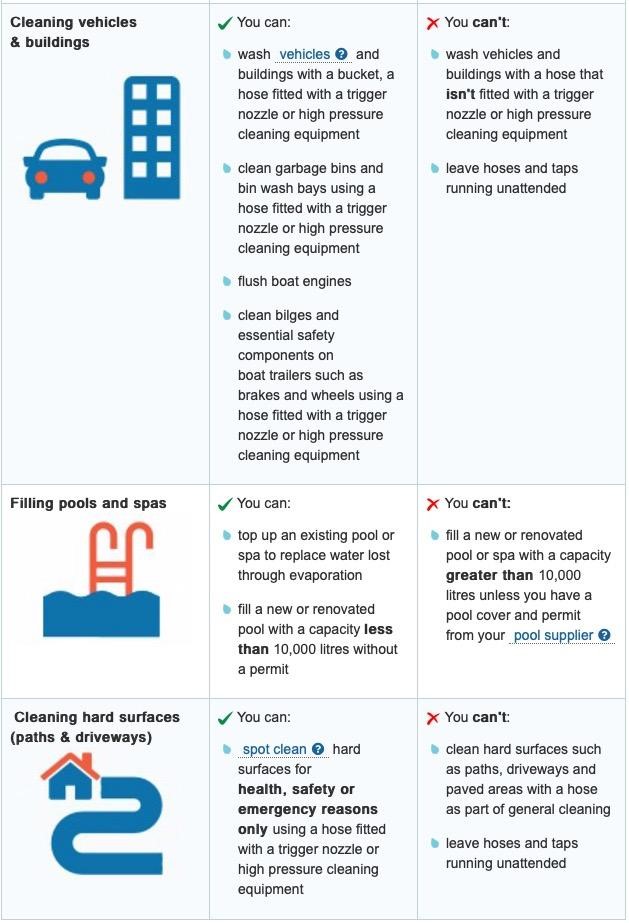
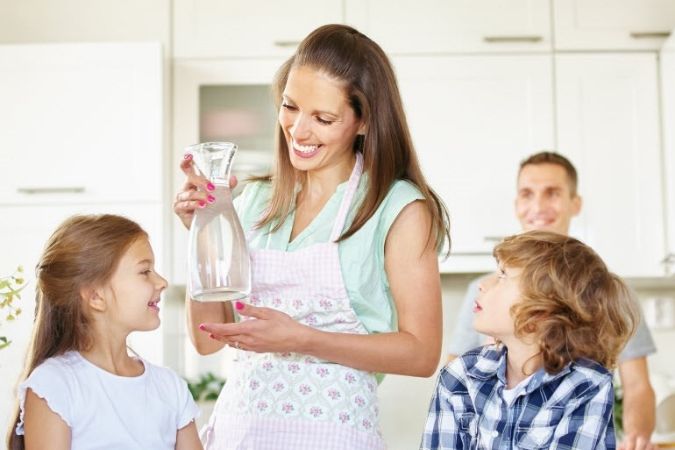
Maintaining good water quality at home during restrictions
It is important to have a high quality home water filter system installed at all times, particularly in times of water restrictions.
At WFA we keep the good stuff in and take the bad stuff out of your water, so it’s even better for you.
All of our filter cartridges not only remove bad taste and odour, but also remove contaminants including giardia, cysts, cryptosporidium, and chlorine.
With a WFA water filter system, you and your family and your pets are safe from the impurities you can’t see…nasties as small as one micron, which is 1/75th the width of a human hair! We leave the flouride in the water, helping keep your family’s teeth healthy.
Explore our water filter systems.
Buy Water Filter Systems
& Water Filters Online
News & Articles
What’s the Difference Between Boiled and Filtered Water?
Boiling is one of the oldest methods of making water safe, and for good reason. It quickly kills most bacteria, viruses and parasites that can be present in a supply. But boiling isn’t the only way people protect their water, and it certainly isn’t the same as filtering. The difference between the two is often misunderstood, and it’s bigger than it first appears.
Spring reset: Why filtered water should be part of your detox
Spring feels like the right time for a reset, which is why detox routines often make their way back into focus. While your efforts might centre on digestion, energy and general wellbeing, what you choose to drink plays a bigger role than you might think. Using filtered water gives your body the cleanest foundation to work from and the best chance of making those efforts count.
This is how often you should change your inline water filter cartridge
What you can’t see in your kitchen often does more work than what’s visible. No, we’re not talking about the fridge’s compressor, but the inline water filter tucked beneath the sink. It connects to your existing supply and uses a replaceable cartridge to clean water as it flows. A common question when considering one is how often the cartridge needs to be changed.



